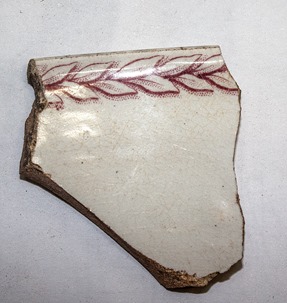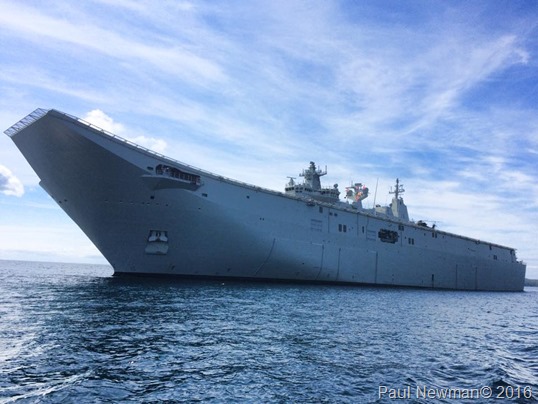29 February 2016
The Barque Carleton on fire off Jervis Bay.
| 1894 - The barque Clarleton arrived in the port of Newcastle after an eventful voyage from Rio Janiero. | |||
 The steel barque 'Carleton' – This image has no known copyright restrictions The steel barque 'Carleton' – This image has no known copyright restrictions | |||
| |||
| One of the worst situations a ship at sea can have happen in the outbreak of fire. The Carleton crew found themselves in this situation while passing Jervis Bay at midnight on September the 10th. Dealing with an out of control fire on board a ship in a confined space, would have been a frightening situation for the captain and crew to find themselves in. | |||
| |||
| Meaning Partique - permission granted to a ship to have dealings with a port, given after quarantine or on showing a clean bill of health. Lazarette Hold - Also called glory hole. "Nautical". a small storeroom within the hull of a ship, especially one at the extreme stern.– a storage place below the quarterdeck. A barquentine or schooner barque (alternatively "barkentine" or "schooner bark") is a sailing vessel with three or more masts; with a square rigged foremast and fore-and-aft rigged main, mizzen and any other masts.  Oakum is a preparation of tarred fibre used in shipbuilding for caulking or packing the joints of timbers in wooden vessels and the deck planking of iron and steel ships  https://en.wikipedia.org/wiki/Oakum https://en.wikipedia.org/wiki/Oakum | |||
25 February 2016
Leatherhead pie.
| This is part of a longer story about a trip to the south coast by a group of friends in 1918. I have posted a previous article that contained references to hunting ‘Gill Birds’. That particular post was inspired by an amazig image that I came across in the museum’s collection and can be viewed in the previous post. This article also points to Leatherheads as good hunting and good eating. How times have changed. |
 |
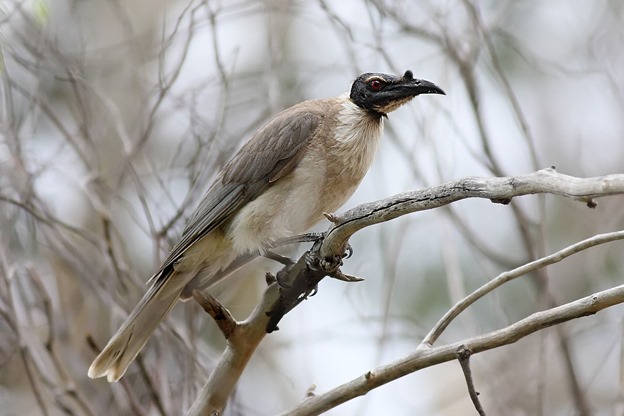 The noisy friarbird (Philemon corniculatus) is a passerine bird of the honeyeater family and also known as a Leatherhead. The noisy friarbird (Philemon corniculatus) is a passerine bird of the honeyeater family and also known as a Leatherhead. |
| Continue to the previous article about hunting “Gill Birds”. |
19 February 2016
Breakers on the Starboard Bow
17 February 2016
11 February 2016
Cape St George Lighthouse
| Feb 10 2016 |
 |
| While taking friends on a tour of the old ruins I found another piece of crockery laying in the sand near the ruins. Considering it has been there for around 94 years or more it’s fantastic to be able to still see some of the original pattern. |
| click on images to enlarge. |
| Continue Reading more information about the history and images of this remarkable light http://www.jervisbaymaritimemuseum.blogspot.com.au/search?q=cape+st+george |
HMAS Canberra –Jervis Bay
Commercial Hotel Tomerong. 1908
Bars, weather, tide, and other circumstances permitting.
Commercial Hotel Tomerong notice of closure.
4 February 2016
Hotel for Tomerong
| Traveling through Tomerong today and what do you see…a sleepy little village by passed by the new highway and left to it’s own devices. There are some old buildings still standing but most of the past as been overtaken by modern developments, the parts that are left speak of a different era, one filled with new adventures, controversy and sometimes tragedy. It’s worth taking the time to look into the rich history of this once thriving centre of development and industry. Decisions were made at Tomerong that effected the area from Falls creek out to Jervis bay and as far south as Milton…It is hard to imagine that Tomerong was once the centre for our local government. I come across many articles from Tomerong past. this one took me on another journey to a time when things moved a lot slower but commerce was still as important then as it is now. |
| 1897 an application was made to the Licencing Court of Nowra by Mr Thomas Mooney of Pambula to re open the original hotel at Tomerong formally licenced to Parnell the original Hotel hadn't operated as such for a number of years and was unlicenced and untenanted. The application had a number of objectors who lodged a petition signed by 78 persons, mostly residents of Currumbene, Tomerong and Wandandian. The principal objection raised was that there was no necessity for the proposed accommodation at Tomerong, There being no objection whatever to the applicant personally. If the licence is granted it will have to be a 30 pound licence, as it is within ten mile of the Jervis Bay hotel. The original licence was 10 ponds. |
|
 The orignal Jervis Bay Hotel 1901 The orignal Jervis Bay Hotel 1901 |
| Licencing board inspection report. The board considered the house at Tomerong was not required, The district was very quiet at the present time, and there were no complaints as to drunkeness of obsene language. The Tomerong people were not drinkers. Considered 14 miles to close for a licenced house on that road. Alex Mattews, one of the objectors, residing 21/4 miles from the proposed hotel, stated that he resided at Tomerong for 40 years, and he opposed the present application because there was already plenty of accommodation on the road. The board unanimously refused the application. Traveller Rest Hotel 1857. Thomas Mooney became the licencee in 1890, after John Parnell retired at the age of 87 years, but the building itself was starting to fall into disrepair and despite the assurances from the owner John Parnell and the current licencee Thomas Mooney to rebuild the hotel, after an inspection by the licencing board, and a scathing report on the hotels condition the decison of the board was to not renew the lease. The Commercial Hotel. |
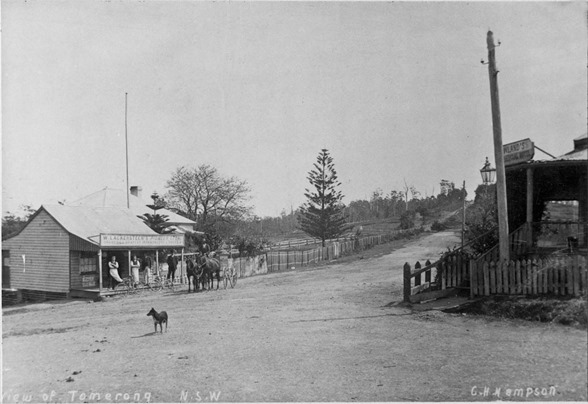 |
| Commercial Hotel can be seen on the right. |
| The hotel was eventually rebuilt and re opened in 1898 as the Commercial Hotel, despite staunch oposition from locals and other hotel owners at Wandandian, there was a majority of the Licencing Board bench in favour of the application which was accordingly granted, it would be a 30 pound licence. The licence changed hands on a number of occasions - Henry Dent, Alfred Dawson, S.P. Cork and Mrs. Taylor, and John Nowland are some of the licencee's names that are mentioned during research into the hotel. The hotel operated until it's final closure in June 1911. The original owner John Parnell, landed at Jervis Bay and became a resident of the shoalhaven for 60 years died at the age of 93 in 1896. Take a fascinating journey back in time by visiting the Tomerong Past face book page Tomerong Past particuarly interesting are the fascinating video slide show transitions depicting overlay images of how Tomerong and verious other landmarks use to look and how they appear today - definitely worth a look. |
| Continue to some previous posts about the village of Tomerong. |
1 February 2016
Moona Moona
| A thunderstorm was building from the west, the clouds are starting to move low and slow. The lights from the bridge illuminated the sky. |
 |
| Continue reading the interesting story about Moona Moona Creek |











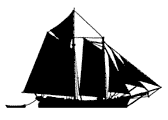 Example of a two masted top sail schooner.
Example of a two masted top sail schooner.
